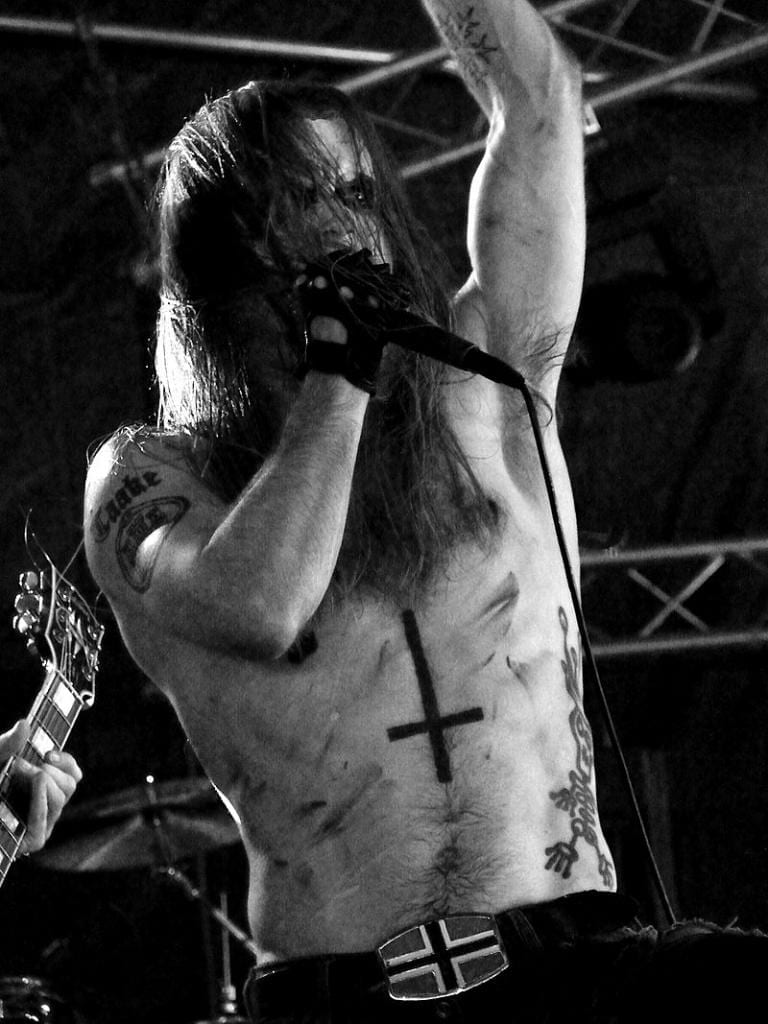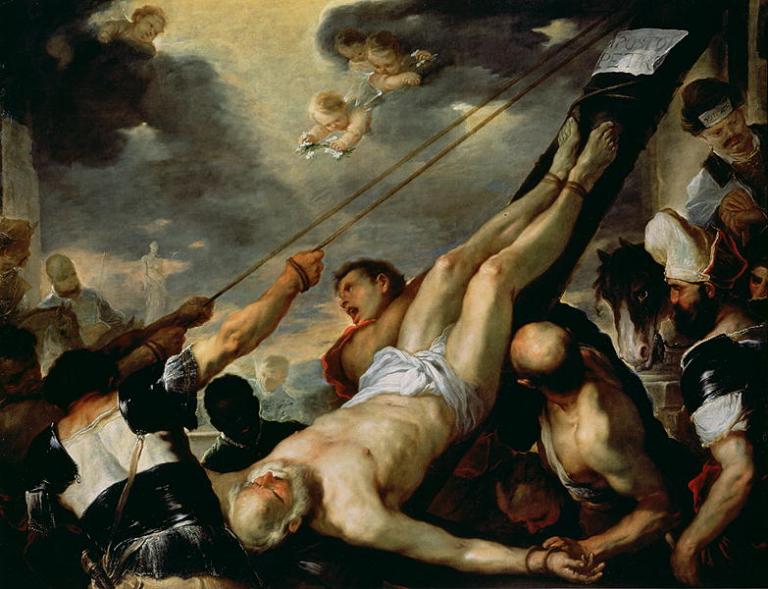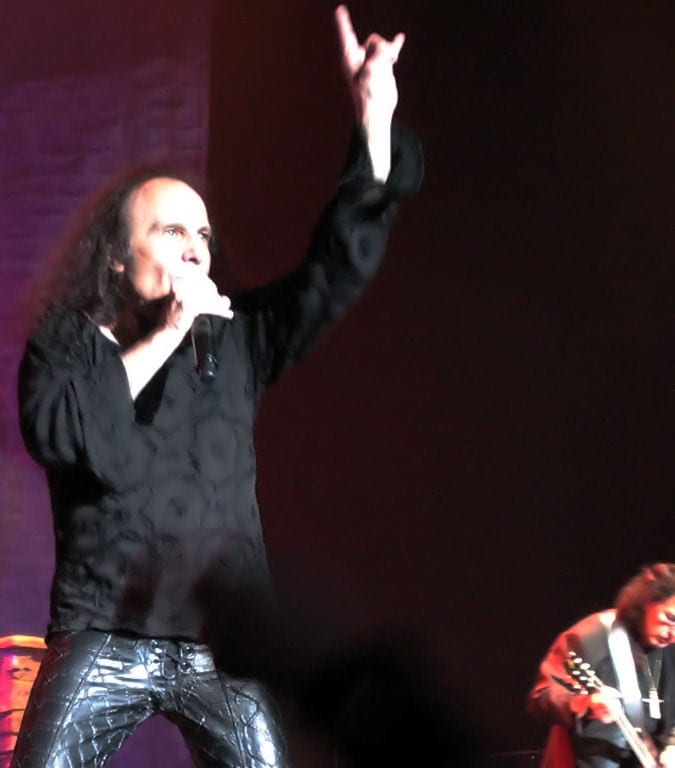
Symbols and gestures have carried significant importance among every culture, religion and group throughout history. These can often be displayed and communicated through the use of the hands. Sometimes a simple wave of the hand can be a greeting or a farewell, or it could be used as a means of acquiring someone’s attention. People who travel and enjoy taking pictures of themselves on their endeavors sometimes use a two-fingered peace sign. What very few people realize is when the V-sign is viewed from the back of the hand, it can come across as an insult to people from British descent.
In my article Should Christians Listen To Heavy Metal, I explained the nuances revolving around lyrical content and moral intent in rock and metal music. Within the culture of the music scene, it is common to see what many people call the ‘devil horn salute.’ Some bands even display imagery that appears to be irreverent towards Christianity or blatantly demonic. This can give conservative Christians enough reason to completely write off the culture as a satanic movement.
But when one looks deeper into the origins of these gestures and symbols, they would be surprised to discover their origins are not inherently satanic. In fact, they’re derived from Christian history and mysticism.

The upside-down cross is typically utilized by bands in the black metal scene as a sign of irreverence towards Christianity. This is a similar manner as how certain punk bands display an upside-down American flag on their album covers to show their disdain towards systemic oppression. But surprisingly, the upside-down cross actually originates all the way back to the first century in the days of the Early Church.

Saint Peter was an Apostle of Christ who was leader of the Church in Rome in the first century. He is believed to have been martyred by the Romans during Emperor Nero’s rule on the exact site of where the Vatican currently resides. When he was about to be executed by means of crucifixion, he requested his executioners to crucify him upside-down. This was because he felt unworthy to suffer the same death as Jesus Christ. Since then, the inverted cross became known as ‘St. Peter’s Cross.’
The ‘devil horn salute’ did not originally begin as a satanic symbol. Albeit, the nature of the music scene had easily appropriated it to become a symbol of rebellion – which, inevitably, puts Christianity as the “oppressors” to be rebelled against. Late and former Black Sabbath frontman Ronnie James Dio is believed to have popularized the iconic hand gesture, which he claims he adopted from his devoutly Catholic Italian grandmother. As a mystic, she had used the gesture while praying as a means of warding off the ‘evil eye’ (known in Southern Italy as malocchio).

Because the iconic salute is often attributed to Satanism nowadays, many Christian concert-goers often resort to the three-digit sign language gesture for ‘love.’ While I don’t condemn this alternative, it can come across as slightly patronizing, pretentious or outright confusing to fellow concert-goers.
Like most symbols used throughout history, the meaning of them can evolve over time or be dependent on the intent of the user, but the truth of their origins remains sealed in time. In the context of rock and metal culture, the meaning of these symbols certainly has fluidity. Although the chances of a metal band using an upside-down cross with its original meaning is quite slim. And if a Christian metal band were to try to take back the symbol, they would likely be chastised by their religious fanbase who associate these symbols and gestures with satanic worship.
A symbol can be used to bring honor or dishonor. But what it all comes down to is the intention of the individual who uses them. It hearkens back to the words of Saint Paul, ‘Everything is permissible, but not everything is beneficial (1 Corinthians 10:23).’
But if anyone feels they would rather not be attributed to the popular secular usage of these signs, then it would probably be best not to use them at all.












